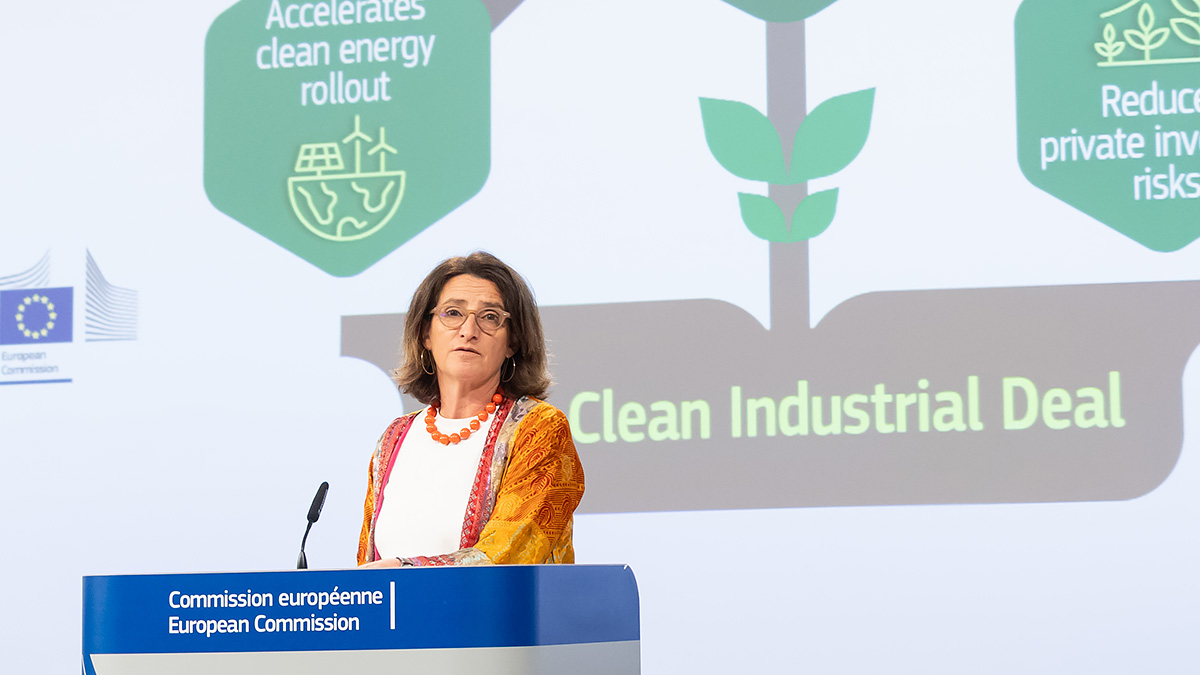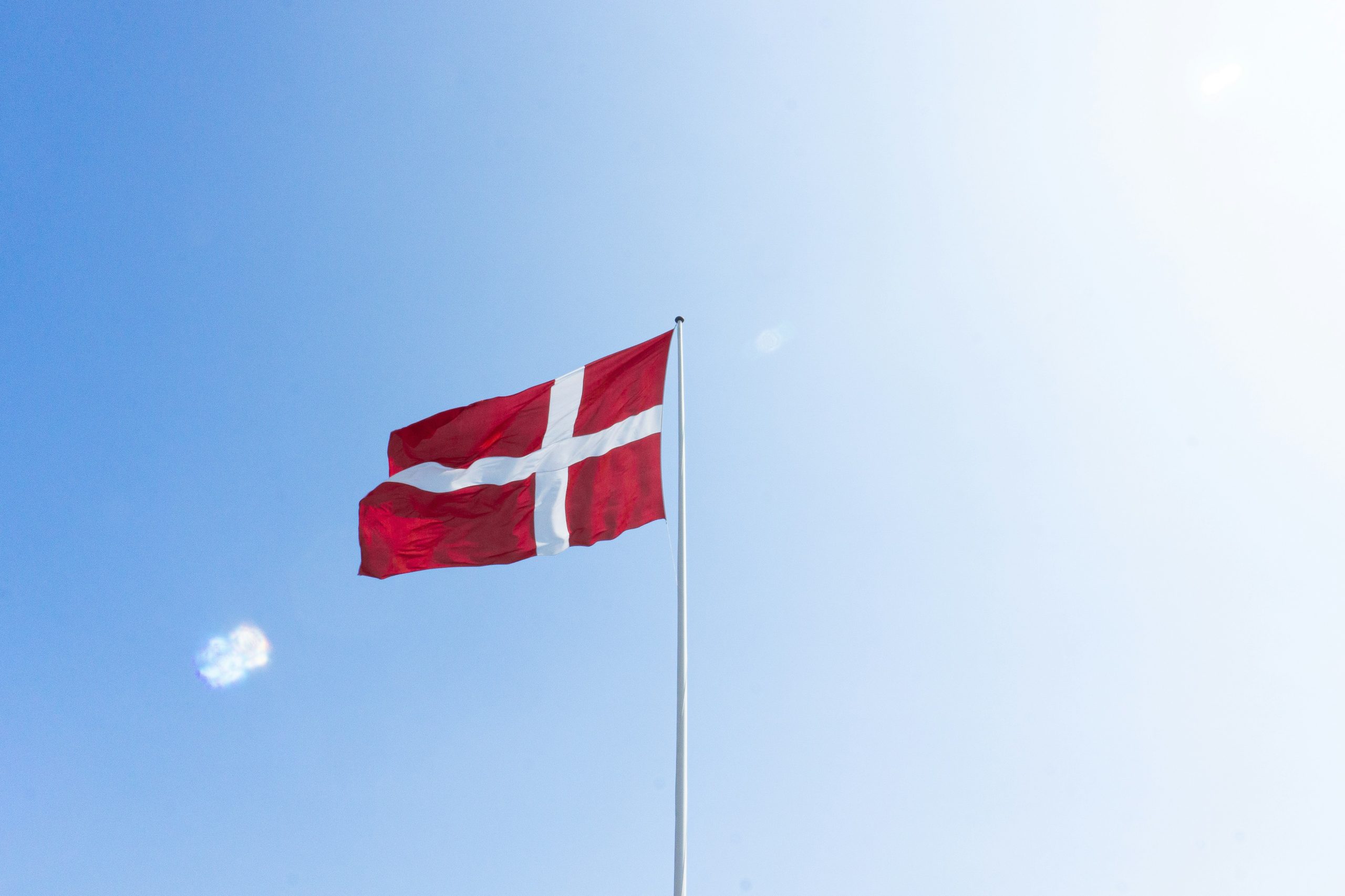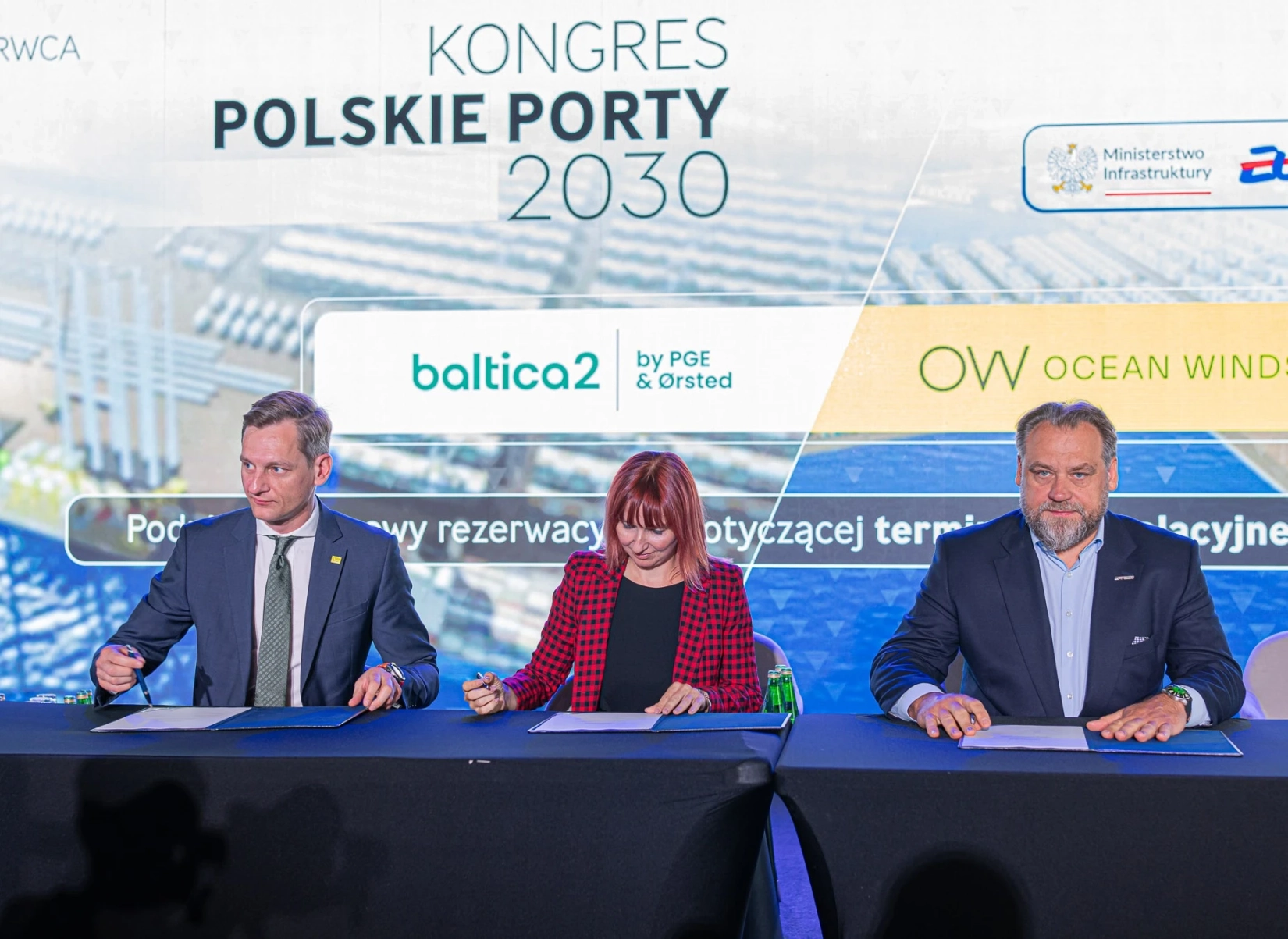In our latest interview with Giles Dickson, we ask about the Electric City 2021 conference held in Copenhagen and the challenges of wind energy development in Europe. The interview appeared on BalticWind.EU latest report straight from Copenhagen.
Which topics brought wind industry representatives to Copenhagen this year?
Renewables are now around 40% of the electricity we consume in Europe. That’s not bad. But electricity is still only one-quarter of all the energy we consume. Most of our heating and cooling, transport and industry are still powered by fossil fuels. If we want to decarbonise our economies and be less dependent on imported oil and gas we have to increase the share of electricity in our energy mix.
The EU has committed to cut greenhouse gas emissions by 55% by 2030 compared to 1990. This is a key milestone in reaching climate neutrality in 2050. The European Commission’s analysis shows that direct electrification, complemented with the indirect electrification of hard-to-abate sectors, is the most cost-effective and energy efficient way to cut energy sector emissions to net-zero by 2050. They want electricity to be three-quarters of our energy mix by 2050. And they want one half of it to come from wind.
This gives us, the wind sector, huge opportunities and a huge responsibility. The 2021 WindEurope annual event, “Electric City”, focused on how to make this happen. What we need to do on grids, permitting, the supply chain, public engagement and more. And how wind can help electrify those parts of the economy that still run on fossil fuels.
The three-day conference and exhibition gathered 400 exhibitors and 8,000 participants in Copenhagen to explore the role of wind-based electrification in Europe’s future energy system. It brought together representatives from the wind industry, EU and national governments and those working to electrify transport, heating and industry.
Is there a particular main challenge for the wind industry?
The wind industry is ready to deliver the huge volumes needed to electrify our economies. It’s affordable, we have the technology, the finance is available. The challenge is the permitting of new wind farms (and the repowering of existing ones). We need simpler rules and procedures and more staff in the permitting authorities. We also need to invest more in grids. And we need to take care of our supply chain and invest in our workforce and skills. Then we need to help energy consumers go electric: the industries who want to decarbonise and are knocking on our door to sign Power Purchase Agreements (PPAs), those building the infrastructure to electrify transport and heating, the hydrogen providers who want to run their electrolysers on wind.
What is the main bottleneck for offshore wind development in Europe today?
The EU wants 300 GW of offshore wind capacity in 2050, up from 15 GW today. This is a big scale-up. We need to increase the rate of site allocation and development, which can be done through national Maritime Spatial Plans. Governments also need to speed up and simplify permitting – as for onshore wind. Offshore wind farms typically take 6-10 years to develop and build.
We need to promote the multiple use of the sea: more activities in Europe’s seas will lead to increased spatial demands and growing competition between sea users. Authorities can allow different activities to take place within and around offshore wind farms in order to increase the functionality of the sea. Having the ability to easily share the sea with other users is central to having cost-effective offshore wind.
We also need to expand offshore grids and reinforce onshore ones. We need to facilitate system integration, promote hybrid offshore wind projects with connections to more than one country in order to pool assets and optimise space, develop storage and power-to-x.
And we need to expand the supply chain and build the necessary logistics infrastructure, such as ports.
What about the main drivers of the offshore wind industry in Europe? Please, set your hierarchy with short justification.
The main driver is Government policy. Governments need to commit to ambitious deployment for offshore wind to 2030 and beyond, setting volumes that match the latest EU targets (Fit for 55). They need to provide a continuous, sufficient and visible pipeline of projects through dedicated auction schedules that enable the industry to deliver further investments in technology, skills development, job creation and cost reduction throughout the supply chain.
Governments need to ensure that their regulatory framework is ready to support this deployment: to speed up and simplify permitting, and offer market support mechanisms in a way that drives competition, helps improve existing offshore technologies and make newer technologies competitive, and supports successful project delivery.
The second driver is planning and building the infrastructure, ensuring good maritime spatial planning. This means allocating enough space for offshore wind and providing for the happy co-existence of different uses and activities at sea, such as offshore wind and aquaculture, military activities, nature conservation and tourism. Expand offshore grids and reinforce onshore ones. Promote hybrid offshore wind projects with connections to more than one country. Develop ports and the logistics supply chain.
What is your assessment of the conference “Electric City 2021” in Copenhagen? What can we expect next year in Bilbao?
Electric City 2021 has been a key gathering for the wind industry, the first physical annual conference of WindEurope for two years. After many months of virtual meetings and online calls it was great to see so many people network, do business and discuss face to-face again.
In many ways, Electric City went beyond the parameters of a traditional wind energy event. It gave us a chance to strengthen connections between wind and other sectors that want to go electric: heavy industry, district and domestic heating, and the different forms of transport looking to decarbonise.
Important announcements we made at the event: Belgian, German and Danish transmission system operators Elia, 50Hertz and Energinet signed cooperation agreements to build new interconnectors linked to planned energy islands in the North and Baltic Seas. At the same time, the Danish Minister of climate, energy and utilities Dan Jørgensen and the Belgian Minister of energy Tinne van der Straeten signed a formal political memorandum of agreement to establish a connection between the countries including the Danish energy island in the North Sea. And the German State Secretary at the Ministry for Economic Affairs and Energy Andreas Feicht also signed an agreement with the Danish Minister to connect the Danish island of Bornholm to the German grid.
The 2022 WindEurope Annual Event is not far off. It’s on 5-7 April in Bilbao. You can expect the whole industry to be there again. Siemens Gamesa, Iberdrola, Repsol and Green Investment Group are the Event Ambassadors. They’re helping us put together a great event for the industry, full of new content, ideas and announcements to move wind energy forward.
April will be a key moment. The new German Government will be hitting their stride with their ambitious plans for renewables. The UK will have had their giant 14 GW CfD auction. The EU’s new “Fit for 55” legislation will be taking shape. And the French elections will be just around the corner.
It’ll be great to be in Spain again. It’s one of the top markets for onshore wind in Europe. And it’s now embracing offshore wind with the Government targeting up to 3 GW of floating wind by 2030. The venue will be the Bilbao Exhibition Centre that hosted our 2019 event. We can count on the great hospitality of our Basque partners and AEE, the Spanish Wind Energy Association.
Thank you












